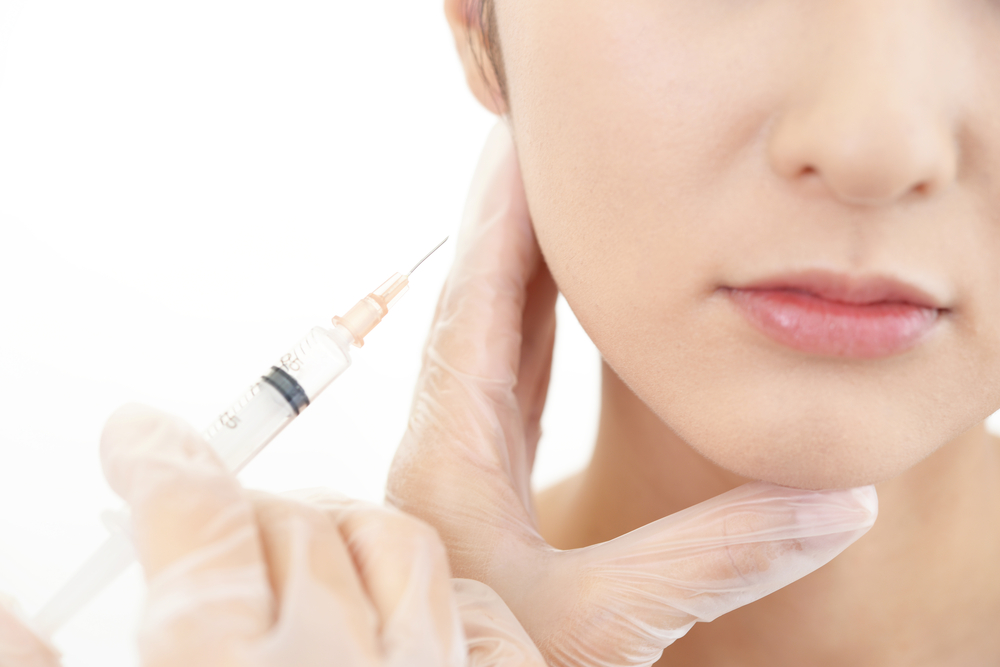Every year, over 1.5 million Botox injections are carried out in the United States. This number is rising with no sign of slowing down anytime soon.
It might seem hard to imagine there was ever a time before Botox, but this classic injectable is actually newer than you probably think. Botulinum toxin A has only been used for cosmetic purposes since 1996, but over the course of its short history has become a household name under the Botox branding.
Botulinum toxin’s rise to cosmetic superstardom has been a somewhat less than conventional journey, peppered with a number of twists and turns that include food poisoning, optometry, and even the US military. The story of Botox is also far from over, with new uses being discovered every year.
Botulinum Toxin Discovery
The story of Botox begins in the late nineteenth century. In 1895, Belgian bacteriologist Emile van Ermengem discovered Clostridium botulinum in home-cured ham that had been linked to an outbreak of botulism.
The Botulinum bacterium was discovered to cause food poisoning in humans. After a series of studies were completed, seven strains of botulinum toxin were identified and labeled A through G. Four of them, A, B, E, and F, were found to cause sickness in humans.
During World War II, Dr. Edward J. Schantz and his team were commissioned by the US Army to study botulinum toxin A for its potential military applications. In 1946, Schantz and his colleagues were able to purify botulinum toxin type A (BTX-A) into a crystal form.
Shortly after this breakthrough, in 1953, physiologist Dr. Vernon Brooks discovered how injecting extremely small amounts of BTX-A into a hyperactive muscle caused a temporary relaxing effect. This opened the door to the neurotoxin’s medical potential.
The Father of Botox
In the 1960s, researcher Dr. Alan B. Scott began using BTX-A injections on monkeys in an attempt to find a nonsurgical treatment for strabismus (crossed eyes). He successfully demonstrated that the muscle-relaxing properties of BTX-A could be used to treat the condition. From there it wasn’t long before BTX-A became one of the most frequently used toxins in research labs around the world.
In 1978, Dr. Scott was given permission by the FDA to start testing the botulinum toxin on humans, and soon after his results began to be published. He demonstrated in 1981 that small doses of botulinum toxin “appeared to be a safe and useful therapy for strabismus.” Further studies showed that the drug’s usefulness extended beyond the eyes, providing patients with temporary relief from spasms in the face, neck, shoulders — even vocal cords.
The Birth of Botox
In 1988 major drug manufacturer Allergan bought the rights to distribute Dr. Scott’s BTX-A treatment, or Oculinum, as he had named it. One year later, the FDA approved it for treating both crossed eyes (strabismus) and eyelid muscle spasms (blepharospasm). Allergan soon purchased Dr. Scott’s company and changed the drug’s name to the more memorable and now instantly recognizable “Botox.”
Research continued into the 1990s, with Botox being successfully employed to temporarily treat writer’s cramp, bladder spasm, excessive sweating, and even cerebral palsy in children. However, the most startling discovery, which would go on to become the most popular use for Botox, was made entirely by accident.
Discovering New Uses for Botox
When using Botox to treat the eyelids of her blepharospasm patient, Canadian ophthalmologist Dr. Jean Carruthers noticed that the frown lines of her patients were beginning to fade. In 1992, along with her dermatologist husband, she published a study revealing the safety and usefulness of using BTX-A to temporarily treat brow wrinkles.
By 1997 dermatologists across the United States had taken notice of this off-label use and demand for the drug spiked so quickly that for a while the country actually ran out of the substance.
As time went on even more uses for BTX-A were discovered and promptly approved by the FDA. Its various forms have since been approved for the temporary treatment of cervical dystonia (the painful, involuntary contraction of the neck muscles), as well for treating frown lines between the eyebrows. It’s also been approved to treat severe underarm sweating and spasms of the elbow, wrist, and fingers in adults who have experienced strokes, traumatic brain injury, or multiple sclerosis. It can also treat chronic migraines, urinary incontinence, and upper limb spasticity (ULS), while several forms of the toxin have been approved for the treatment of crow’s feet.
With this wide range of safe, efficient medical and cosmetic benefits, it’s not hard to understand why Botox and similar treatments have become so popular.
Future Botox Treatments
While Botox has come a long way in a relatively short time, research into its various uses continues to this day. In recent years research involving Botox to treat depression has produced positive results, while BTX-A has been used to combat irregular heartbeats after bypass procedures.
New applications have also been found for Botox in the cosmetic realm, from scalp injections to keep hair clean and styled longer, to foot injections to help avoid the pain associated with wearing high heels.
As times goes on, you can rest assured that even more uses of Botox will eventually emerge, either through continued research, or maybe even accidentally, the way Botox was first introduced to the world.









